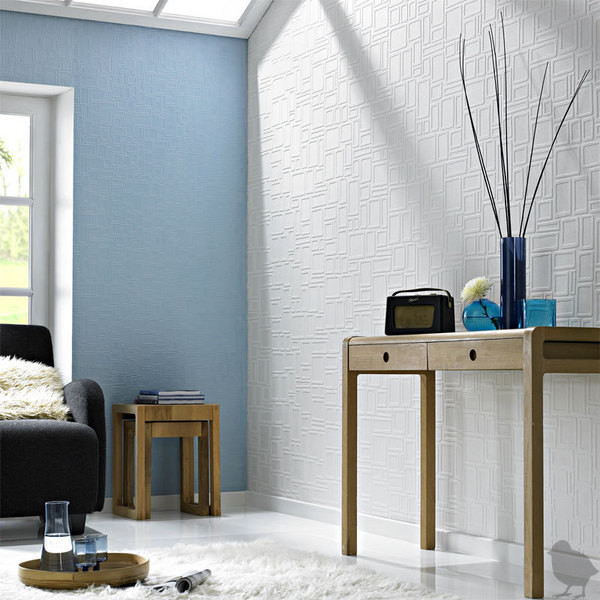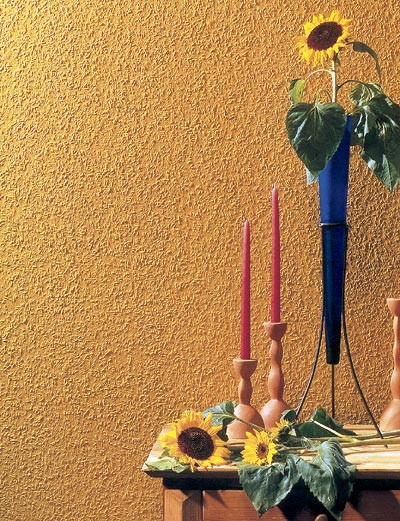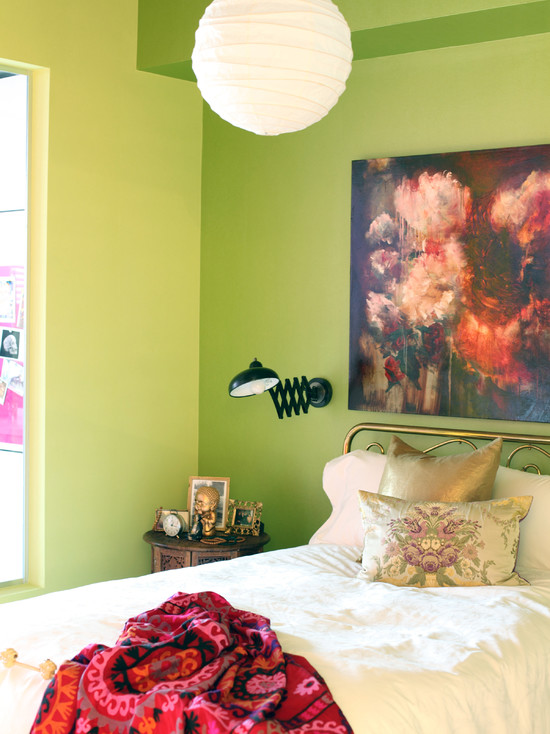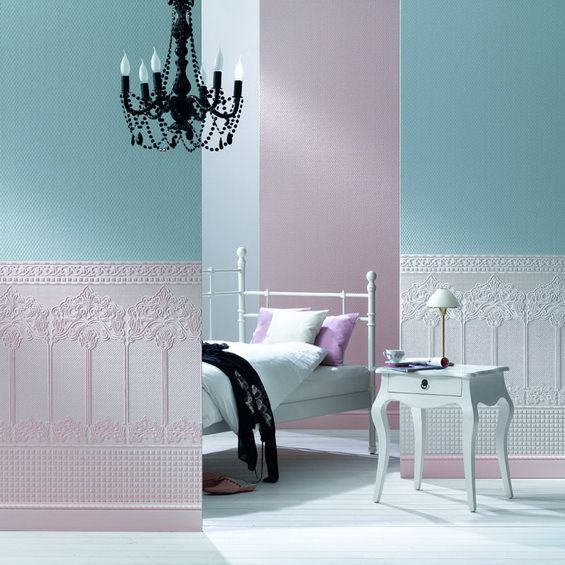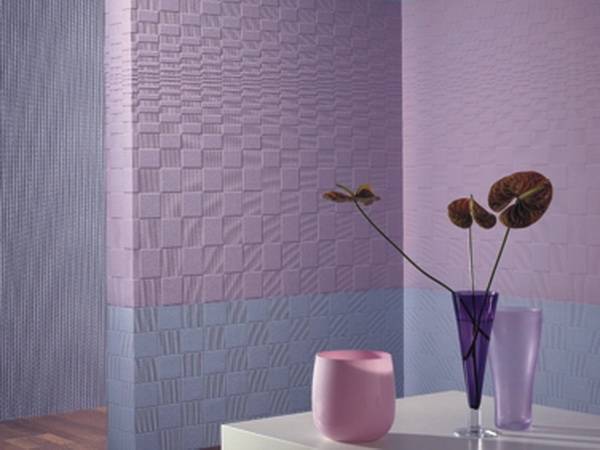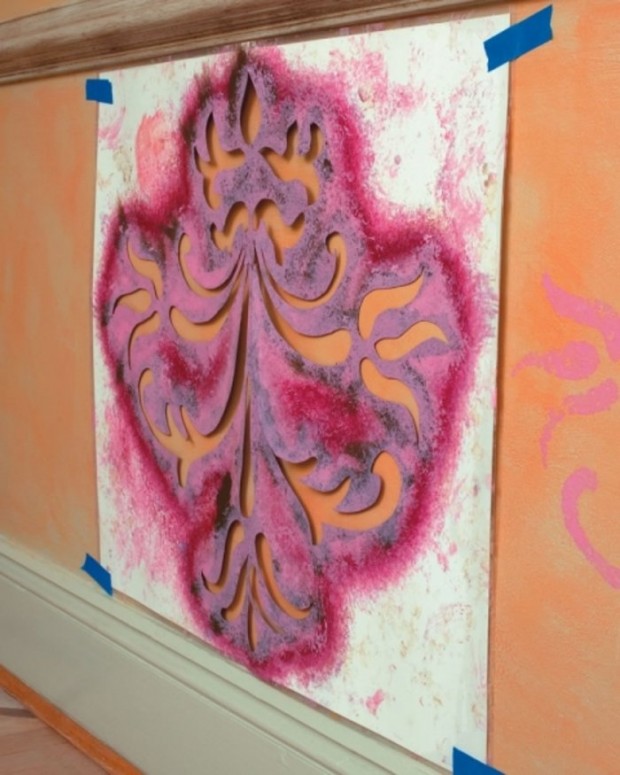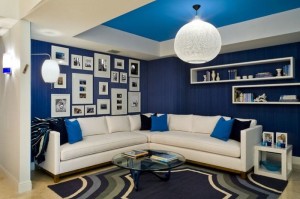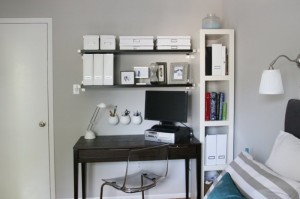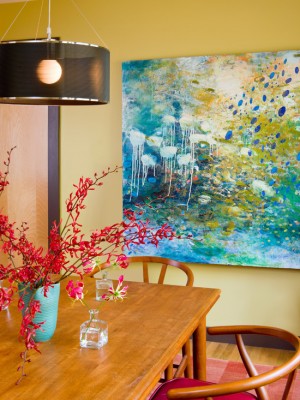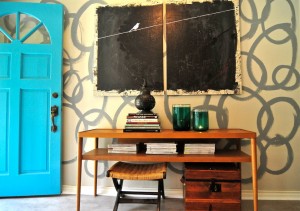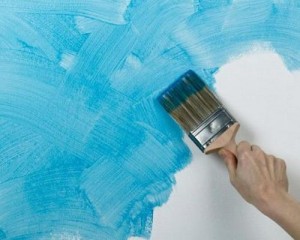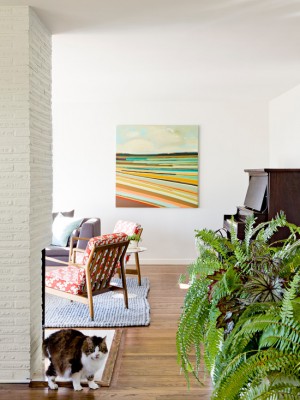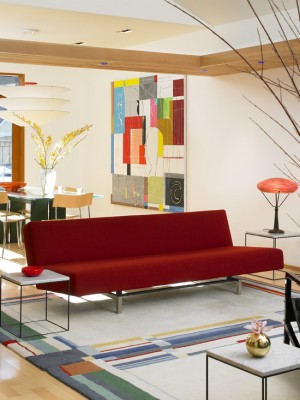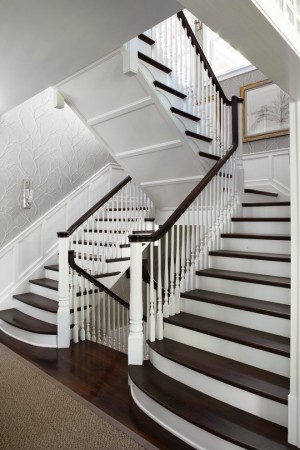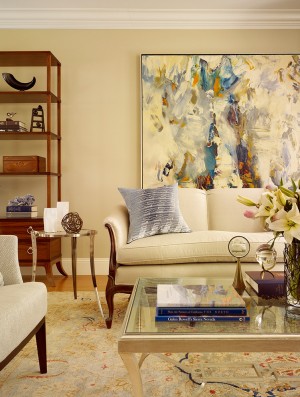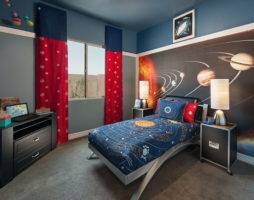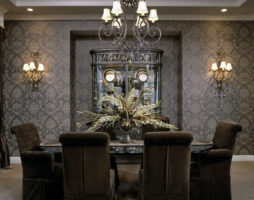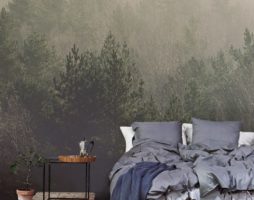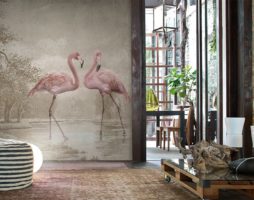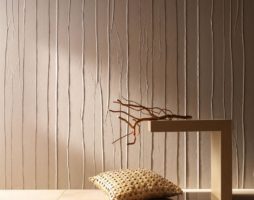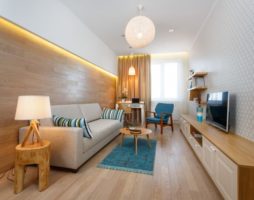A new innovative renovation technology, known to most of us as “paintable wallpaper”, has allowed decorators to radically change the approach to interior design.
With the help of such material, it is easy to save time and money, because you just have to stop at such a solution for finishing your home as wallpaper selection for painting, and you will not have to remove old wall coverings and glue new ones during subsequent repairs. It will be enough just to walk along the walls with a paint roller - and the new interior is ready!
The convex texture and special texture of the newly-appeared wallpaper perfectly interact with paints and varnishes, absorbing them like sponges. The deep relief of their colorless surface makes it possible to embody original decorative solutions that turn an ordinary interior into a unique and incredibly attractive one.
Some people naively believe that you can paint wallpaper of any texture. You shouldn't experiment.
If you try to paint over unsightly wallpapers that have been hanging on the walls for a dozen years, nothing good will come of it.
The old coating will simply swell, blister and fall away from the walls, taking with it a layer of primary plaster. Only those wallpapers that are intended specifically for such use are subject to painting. They are recognized by the corresponding markings available in the technical characteristics of the material.
Species variety of wallpaper for painting
In the assortment of stores today there are entire collections of modern wallpapers, so knowing how to choose the right wallpaper for painting is sometimes simply necessary. Before you go shopping for materials, ask what type suits your decor:
- Paper.
- Non-woven.
- Glass fiber.
What is their difference from the usual analogues? First of all, in texture. They are much thicker than their "relatives" and have a layered structure. The first layer is absorbent, the second is protective, that is, it prevents the paint from penetrating deep into the canvas, and the third is water-repellent, the task of which is to ensure adhesion to the wall.
back to index ↑Invoice priority
You have the right to choose wallpaper of any texture, the main thing is to remember the advantages and disadvantages of each of their types. The easiest way to work, of course, is with paper wallpaper, but they are quite fragile, cannot stand moisture, and when the walls shrink, they are safely covered with cracks or even torn. For this reason, it makes sense to make such a tactical move as choosing non-woven wallpaper for painting. They do not deform and are more practical in everyday life.
Filizeline wallpapers are represented by two types: the first is truly non-woven, the second has only a non-woven base, while its top layer is embossed vinyl. Wallpapers with combined layers are beautiful, but also have disadvantages. Their problem is that over time, the vinyl surface dries out and begins to crumble. Agree, crumbling crumbs from the ceiling are unlikely to add positive.Undoubtedly, the coating applied with paint will noticeably strengthen the vinyl, but, unfortunately, will not be a panacea. Therefore, despite the fact that they are more expensive in cost, it is worth buying purely non-woven wallpaper, which can be repainted a dozen and a half times.
Thinking about how and what to choose from the available types of wallpaper for painting, take a closer look at the glass. They are incredibly durable and strong, their service life is measured by more than one decade. After applying the paint, the decorative layer perfectly appears on them. And this is not an advertisement or a tribute to fashion. Glass fiber is really the best option for any interior. With such decoration, you can decorate rooms amazingly. Glass fiber can be safely called the best representative of the line of materials for painting.
back to index ↑How to cover the wallpaper?
Before moving on to the issue of the color scheme of the decor, you need to know what kind of paint is acceptable to work on the wallpaper you bought. These must be compounds approved for indoor use. There are only two such options for covering wallpaper:
- Water based paints.
- Water-dispersion paints.
It should be noted that both types of paints have excellent characteristics and differ only in that the water-based coating can be washed off with water, while latex ones cannot.
So what is the best place to stay? How and what composition to choose a finish for wallpaper for painting? Here, much will depend not so much on the quality of the wallpaper itself, but on the type of room in which they will be used. Surfaces painted with water-dispersion options are guaranteed to receive moisture resistance and, in terms of their characteristics, can be equated to washable wallpaper. The level of protective qualities will be directly proportional to the composition of the binding polymers in a given type of latex paint. If its base is PVA glue, then you will not get high resistance to moisture, and it is preferable to leave such paint for decorating dry rooms.
The base of acrylic resins is more durable in this matter and has good wear resistance. If you decide to choose an acrylic composition for finishing wallpaper for painting, you will never be disappointed: acrylic paints boldly resist not only excess moisture in the air, but also direct exposure to the sun, which means that the surfaces they open will not burn out. But this is not all the advantages of paints on acrylic resins. The surface after applying such a paint dries very quickly and the resulting film does not interfere with air exchange, so that the walls can "breathe" like under ordinary whitewash. It is difficult to argue that water-dispersion compositions are a wonderful solution for painting wallpaper.
Water-based and water-dispersion paints are environmentally friendly materials. They do not contain volatile toxic solvents, so they can be finished even in children's rooms.
The list of advantages of the considered paints can be continued. Regardless of the type, aqueous compositions of emulsion and dispersion paints are economical and easy to apply. They do not have an irritating odor. You can work with such paints using a roller, sprayer or regular brush. Here you need to be based solely on what tool you are more familiar with and more comfortable to work with.
back to index ↑How to choose wallpaper for painting and paint for them
We have dealt with the acceptable types of paint, now we should find out their interaction with commercially available types of wallpaper.
non-woven
For non-woven materials, any of the above types of paints is suitable. Of the technological features of applying the coloring composition, it is worth highlighting the option of coloring them from the inside. In this case, the work is carried out with acrylic paint, which is applied to the wallpaper before it is glued.This method allows you to get a perfectly uniform background and allows you to appear in all its glory beaten off at the factory relief structure of the wallpaper.
Vinyl
How to choose a composition for vinyl wallpaper for painting? First of all, you need to look at their type. It is still better to prefer acrylic-based latex compositions, although if this is a combined type of vinyl with a non-woven lining, then you can work on them with a water-based emulsion. Vinyl wallpaper can also be painted on both sides. The choice of the method of finishing decoration depends solely on the decorative effect that needs to be achieved in the end.
Paper
Here, too, there are no restrictions on composite use, although water-based paint, perhaps, should be treated more cautiously in this case, after all, paper gets wet too easily. The principle of applying paint is identical to previous technologies, only it is strongly not recommended to work on a paper surface with a brush, it is better to use a roller or sprayer.
Liquid (glass)
But such a situation as the choice of paint for liquid wallpaper for painting is radically different from the points already described. The fact is that cullets in the main assortment are not subject to coloring as such. Their coloring occurs due to the color components present in the mixture, therefore, when it comes to painting glass wallpapers, it usually means preliminary painting of wall surfaces. The role of such staining is mainly preventive. It is performed in order to prevent the appearance of unpleasant stains, such as rust or grease. Nitro enamel or well-known oil paint will perfectly cope with this task. You can use a more environmentally friendly water-dispersion composition containing quartz sand. Cerasit ST-16 received good reviews in this regard.
To give the decor a special chic, designers use mother-of-pearl paints. So you can finish the entire wall or part of it. Often interior panels are created on such a mother-of-pearl basis.
Since structural surfaces are usually painted in several layers, it is necessary to know not only how to choose the right coloring mixture for decorating wallpaper for painting, but also be able to calculate its amount. On average, at least 200 g of the coloring composition is consumed per square surface. You can always find more exact figures in the instructions attached to the paint.
back to index ↑Tinting
If the range of water-based paint pleases with a variety of colors, then water-dispersion analogues are available only in white. In order to give the walls the desired shade, such paint must go through a preliminary tinting process. This is done with the help of special pigments that are commercially available. You can tint the paint yourself, but in this case you need to have such skills as the ability to choose, create and apply the desired shade to the wallpaper for painting. At the same time, the risk of not guessing with a tint nuance and spoiling the whole work is quite large. And all because the color of the paint in the bucket will certainly be different from the one you see on the dried surface of the wallpaper, so it is more practical to use the computer tinting technique.
back to index ↑Conclusion
Interior decor is always a hassle, but knowing how to choose wallpaper for painting and the technology of their use, you can always quickly and relatively cheaply recreate a cozy and really attractive atmosphere in the house, and in most cases do it yourself.
Photo gallery - wallpaper for painting:
